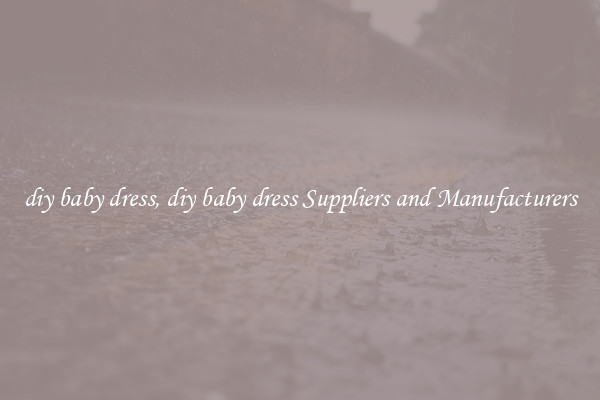Effective sewing baby diapers For Safety And Comfort
Effective sewing baby diapers for safety and comfort

Sewing baby diapers can be a fun and rewarding project for parents who want to provide their little ones with safe and comfortable diaper options. With the right materials, techniques, and attention to detail, you can create diapers that keep your baby happy and dry. Here are some tips for effective sewing baby diapers.
Choose the right fabric: When sewing baby diapers, it's crucial to select the right fabric that is gentle on your baby's delicate skin. Opt for natural fibers like organic cotton or bamboo, as they are soft, breathable, and hypoallergenic. Avoid synthetic materials as they may cause irritation and discomfort.
Invest in good quality absorbent inserts: The absorbent insert is a crucial part of a diaper's functionality. Look for inserts made of natural fabrics like hemp or bamboo, which have excellent absorbency. Ensure that the insert is properly sewn into the diaper to prevent leakage and ensure optimal comfort for your baby.
Use snaps or hook-and-loop closures: When choosing a closure system for your diapers, snaps or hook-and-loop closures are the most popular choices. Avoid using sharp pins or fasteners that may harm your baby's delicate skin. Snaps are more durable, while hook-and-loop closures offer adjustability and ease of use.
Ensure proper sizing: Proper sizing is essential for the comfort and effectiveness of a baby diaper. It should fit snugly, without being too tight or too loose. Consider using adjustable diapers that can be resized as your baby grows, ensuring a perfect fit every time.
Double stitch for durability: Babies are active and constantly moving, so it's essential to make diapers that can withstand their activities. Double stitching all seams and edges will provide strength and longevity to your diapers. Reinforce stress points such as the closure tabs or elastic casings to prevent tears or fraying.
Consider waterproof outer layers: To enhance the effectiveness of your baby diapers, it's essential to include a waterproof outer layer. You can use a laminate fabric or a polyurethane laminate (PUL) to repel moisture and keep your baby's clothes and bedding dry. Ensure that your outer layer is breathable to prevent skin rashes and irritation.
Test and adjust as needed: Every baby is unique, and what works for one may not work for another. It's essential to test your homemade diapers on your baby and make adjustments as needed. Observe for leaks, red marks, or discomfort, and modify your design accordingly.
In conclusion, sewing baby diapers can be a fulfilling activity for parents. By choosing the right materials, employing proper sewing techniques, and ensuring a good fit, you can create diapers that prioritize safety and comfort for your little one. Remember to regularly check for wear and tear, and replace diapers as needed for optimal performance. Your baby will appreciate the love and effort you put into crafting their diapers.

View details

View details

View details

View details








